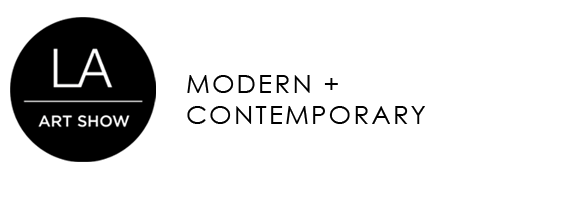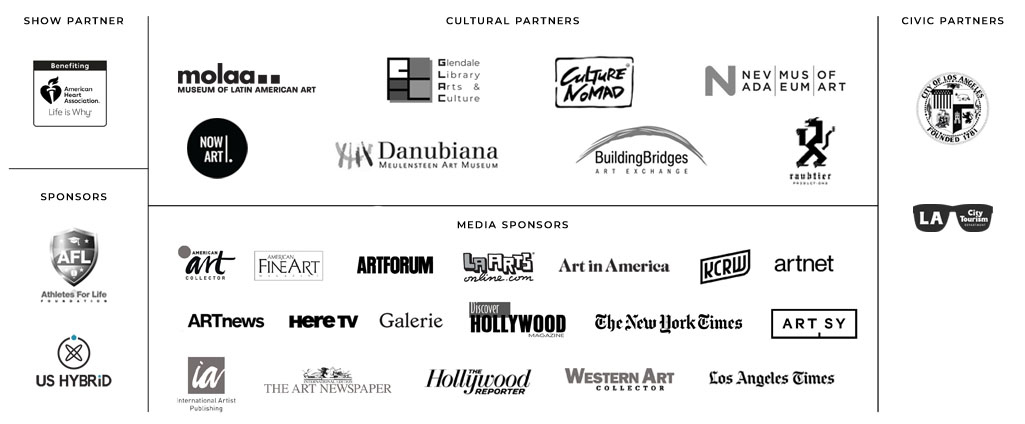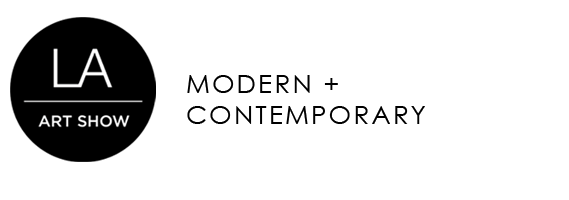The Way of Modern Man Installation and Performance Piece by Jana Cruder Explores Smartphone Culture and Human Physiology
Presented by Do Art Foundation
Presented by Do Art Foundation
(December 22, 2015-Los Angeles, CA) The Way of Modern Man installation and performance piece by Jana Cruder is a multi-faceted exploration into the interconnectedness between technology, communication, physiology and the human experience. Comprised of 30 minute performance sessions, that culminate in a photography exhibition, The Way of Modern Man illustrates how smartphone culture is literally changing what it means to be human.
ImageImageCruder was inspired by her time in Hong Kong people watching, “I saw seas of people hunching over, never looking up…” It reminded her of those evolutionary charts that show fish growing legs, then in stages becoming homo sapiens and walking upright – except that it represented the other side of the bell curve; devolving back to a state of crouching and grunting. Determined to document this shift, she installed a conceptual and formal structure – both a physical space and a conduit for exploring the contrast between the projected and observed self.
The Way of Modern Man is divided into two parts. The first begins in an isolation booth, where participants spend 30 minutes increments in a private session with the artist. The participant is alone in a confined, featureless space, furnished only with a single chair, and permitted to enter only with his or her mobile device. Communication between the subject and the artist takes place exclusively via text message, with Cruder outside the enclosure, not visible or audible to the subject. Conversations are captured in multiple layers – text message, still image, and video. Clothes are all or mostly removed, allowing for better study of postural changes. It is, however, worth noting that the people soon forget they are nude – evidence perhaps of how absorbed they are in texting with the artist. Cruder collaborated with a sociologist to produce questions that she could control for, adopting a more scientific methodology to measure emotions and physicality against each other.
The final images are presented in a series of backlit panels, whose lightbox qualities recreate the luminosity of a smartphone itself. Stylistically, the naturalism of this series marks a break from the artist’s well-known, high-gloss Barbie-based works, but it also represents a jump from deconstructing personal relationships to technological ones. “They know I’m observing them, and they add these smiley faces, even to the saddest stories. I’m watching them, how they are standing while they’re texting with me, and there’s this disconnect between the stories, the bodies, and the language – because what they are saying isn’t really what they are feeling. My goal is to show how the smartphone phenomenon is literally – on both a social and a physiological level – changing what it means to be human,” States Cruder.
ImageImageCruder was inspired by her time in Hong Kong people watching, “I saw seas of people hunching over, never looking up…” It reminded her of those evolutionary charts that show fish growing legs, then in stages becoming homo sapiens and walking upright – except that it represented the other side of the bell curve; devolving back to a state of crouching and grunting. Determined to document this shift, she installed a conceptual and formal structure – both a physical space and a conduit for exploring the contrast between the projected and observed self.
The Way of Modern Man is divided into two parts. The first begins in an isolation booth, where participants spend 30 minutes increments in a private session with the artist. The participant is alone in a confined, featureless space, furnished only with a single chair, and permitted to enter only with his or her mobile device. Communication between the subject and the artist takes place exclusively via text message, with Cruder outside the enclosure, not visible or audible to the subject. Conversations are captured in multiple layers – text message, still image, and video. Clothes are all or mostly removed, allowing for better study of postural changes. It is, however, worth noting that the people soon forget they are nude – evidence perhaps of how absorbed they are in texting with the artist. Cruder collaborated with a sociologist to produce questions that she could control for, adopting a more scientific methodology to measure emotions and physicality against each other.
The final images are presented in a series of backlit panels, whose lightbox qualities recreate the luminosity of a smartphone itself. Stylistically, the naturalism of this series marks a break from the artist’s well-known, high-gloss Barbie-based works, but it also represents a jump from deconstructing personal relationships to technological ones. “They know I’m observing them, and they add these smiley faces, even to the saddest stories. I’m watching them, how they are standing while they’re texting with me, and there’s this disconnect between the stories, the bodies, and the language – because what they are saying isn’t really what they are feeling. My goal is to show how the smartphone phenomenon is literally – on both a social and a physiological level – changing what it means to be human,” States Cruder.
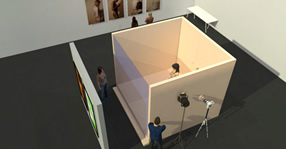
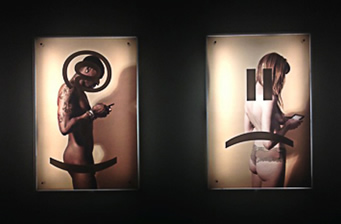
About the artist:
Los Angles based artist Jana Cruder uses the mediums of photography, film and installation art to craft experiences communicating her message which she then documents. Cruder was born 1981, raised in the rural town of Greensburg, PA. She received her fine art degree from Rochester Institute of Technology and continues to merge art and science exploring the influences and shaping of roles humans assume in their relationships to technology the environment and each other.
About Do Art: Do Art is a Los Angeles based public art organization focused on the creation, commissioning, and curating of artistic pieces and productions in the public realm. Recognizing art’s undeniable power as a source of inspiration, and invigoration, Do Art designs and develops projects that revitalize and dynamize both physical and social landscapes by creating experiences, catalyzing cultural exchanges, connecting communities, and engaging the public’s imagination. As a vehicle for cultural, social, and civic development, Do Art liaises between artists, community members, civic leaders, urban developers, local businesses, and public spaces to enhance, enliven, and enrich urban spaces throughout Southern California and beyond.
About Do Art: Do Art is a Los Angeles based public art organization focused on the creation, commissioning, and curating of artistic pieces and productions in the public realm. Recognizing art’s undeniable power as a source of inspiration, and invigoration, Do Art designs and develops projects that revitalize and dynamize both physical and social landscapes by creating experiences, catalyzing cultural exchanges, connecting communities, and engaging the public’s imagination. As a vehicle for cultural, social, and civic development, Do Art liaises between artists, community members, civic leaders, urban developers, local businesses, and public spaces to enhance, enliven, and enrich urban spaces throughout Southern California and beyond.
